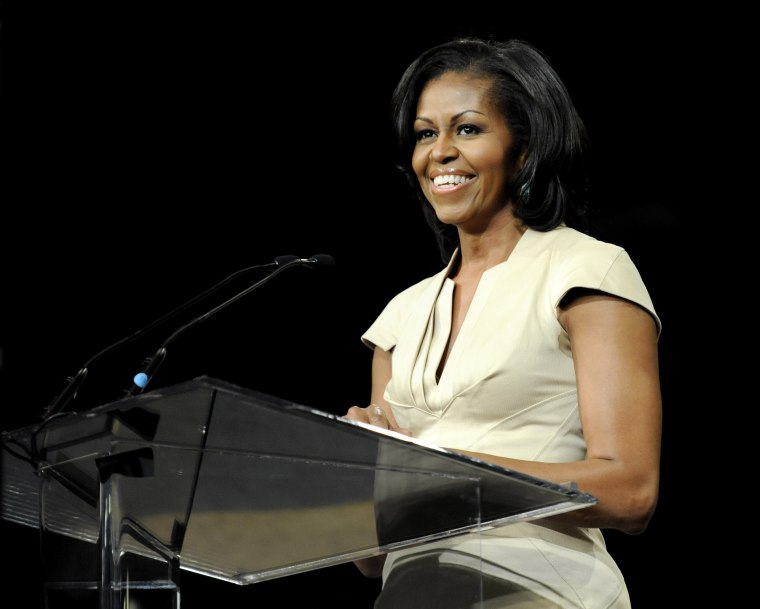Since the day that Abigail Adams called the White House her home, the position of First Lady has captivated Americans. And aside from the recent addition of a FLOTUS Twitter handle, these women have for centuries played the role of fashion icon, cheerleader for their husbands and for their own favored causes, and often magnets for controversy.
C-SPAN's new series "First Ladies: Influence and Image," premiering Monday Feb. 25th, chronicles the lives of First Ladies in the White House, as well as the evolution of the role of FLOTUS over the years. While the modern image for many of a First Lady is Hillary Clinton-- deeply involved in policy, vocal in her opinions, and strong in her causes--a policy-driven FLOTUS was not always the norm. Nor was it what the public wanted.
Steve Kornacki explained that Hillary "revolutionized the role because she took such a hands-on policy role, at least at the beginning of the Clinton administration." Her involvement was so high profile that Bill Clinton used to advertise them as a "two for the price of one" deal for voters. But voters didn't want that, it turned out. She was harshly criticized for her role in policy-making. "First Ladies" Executive Producer Mark Vargas says that the negative view of a policy-heavy First Lady "is changing." According to a poll conducted by C-SPAN, now 53% of Americans approve of a First Lady using her position for policy influence.
But Hillary's evolution was not the first time a FLOTUS expanded the power of her office.
Eleanor Roosevelt said "the White House is a bully pulpit and you ought to take advantage of it." And she did, sometimes even disagreeing publicly with her presidential husband. She further broke the mold by being the first First Lady to hold regular press conferences--which had a ripple effect for women in journalism. Fargas explains: "The interesting thing is, only women reporters were allowed to be in those press conferences. So what's the impact of that? Well, these stodgy editors of newspapers now have to hire women reporters."
If Eleanor was one of the first to really utilize the media, Jackie Kennedy was the first to have a Press Secretary. Her policy views, if she had any, were never publicized, but she was hugely influential as a style icon. "It tells you something about where the media was at that point, and where women were at at that point" in America's history, Fargas said.
For more about First Ladies, watch the premiere of "First Ladies" on C-SPAN. They're focusing on the wives of the presidents for now, but with all of this speculation for 2016 who knows if soon we could be chronicling the rise of a First Gentleman.
